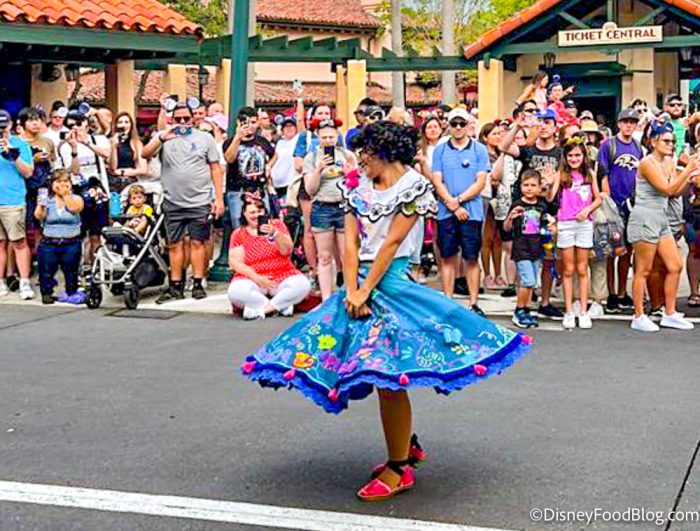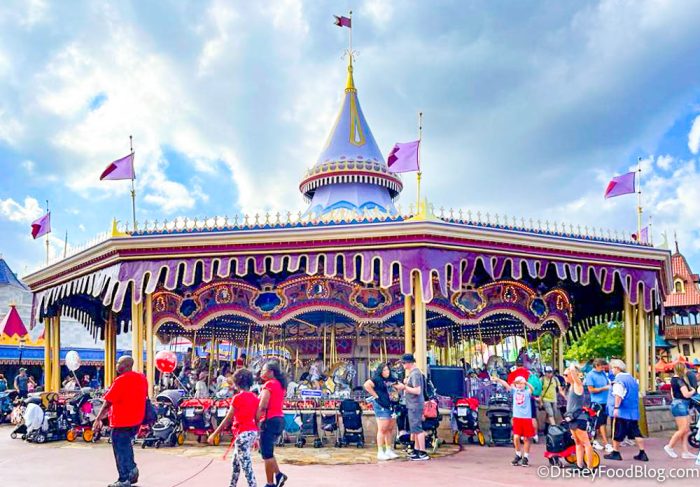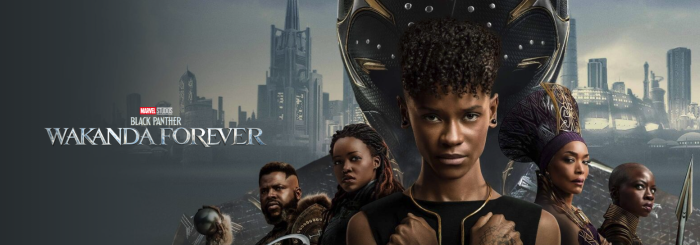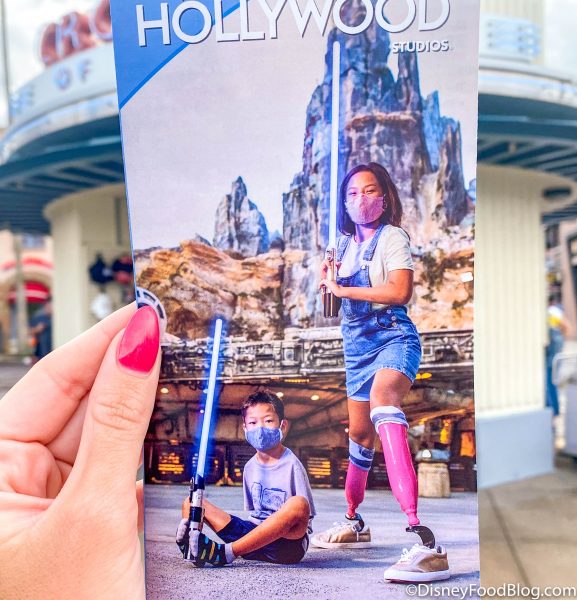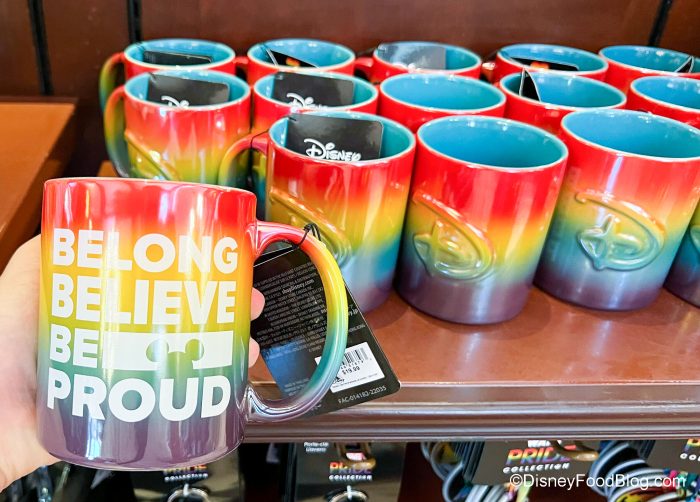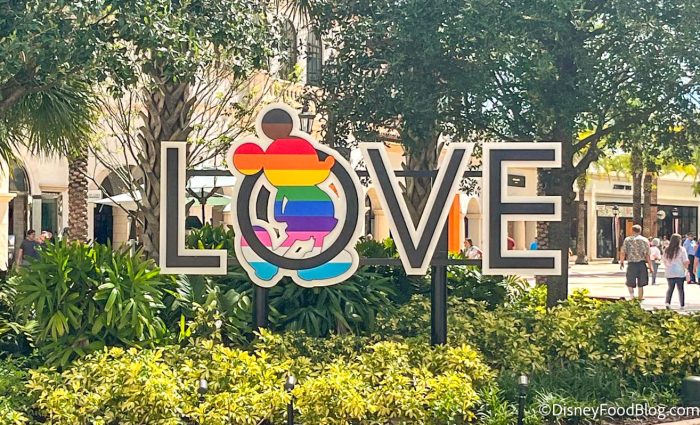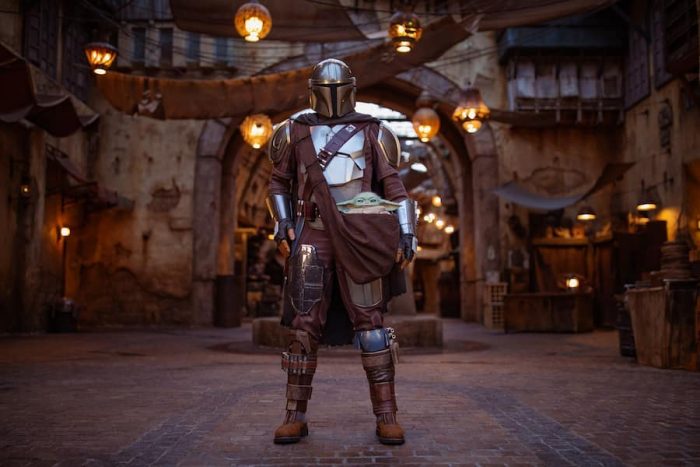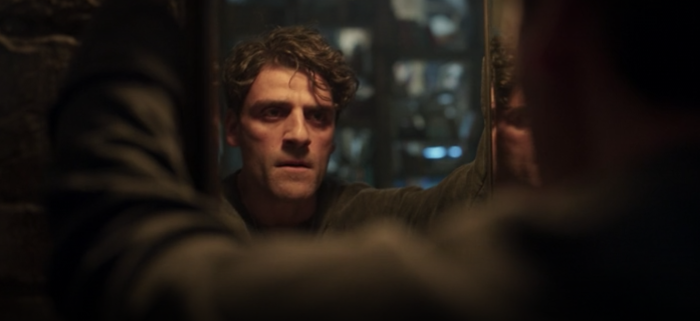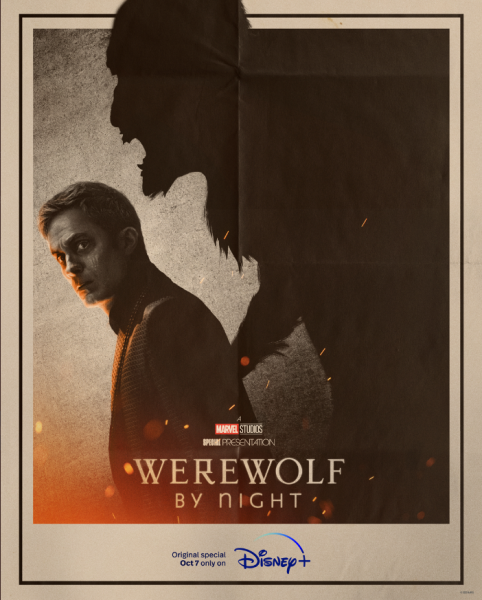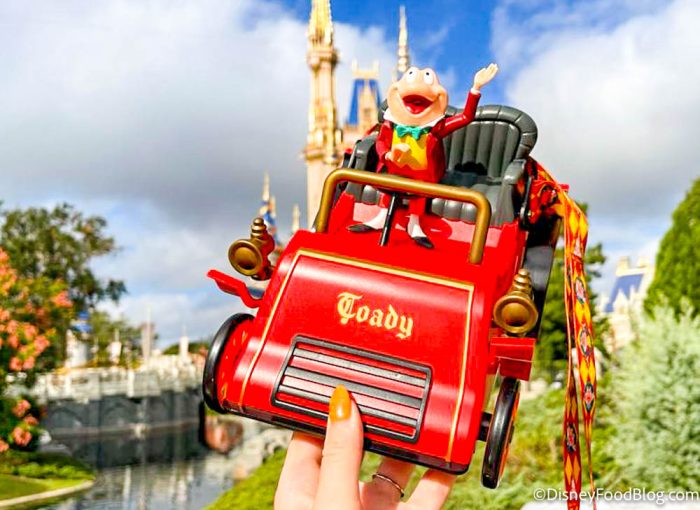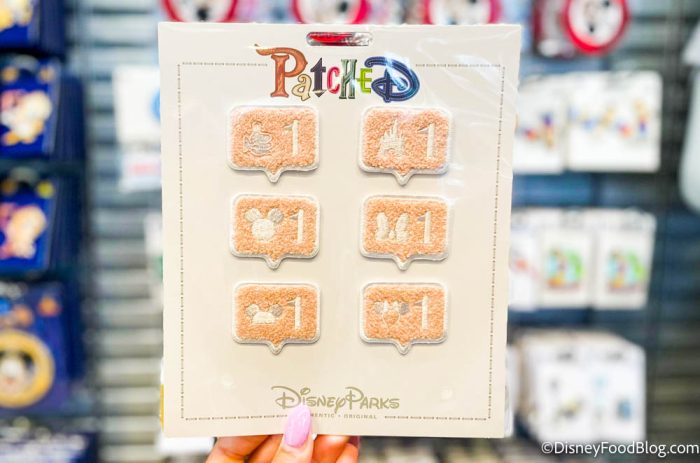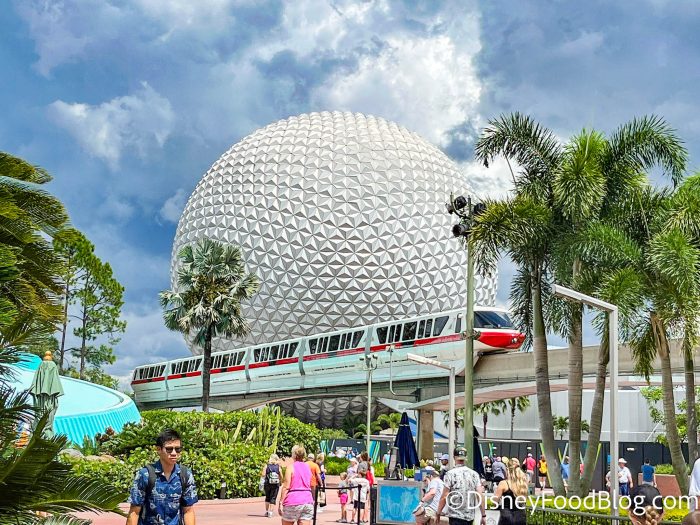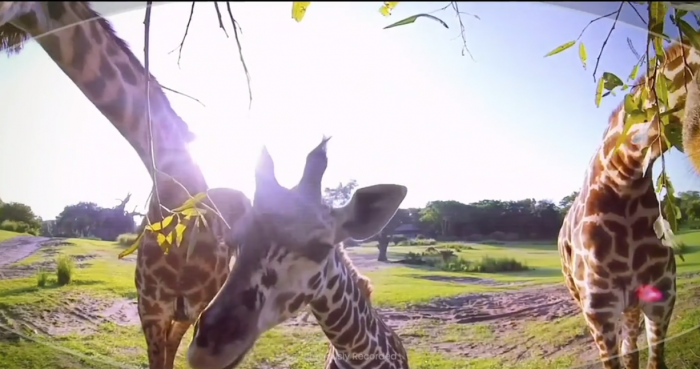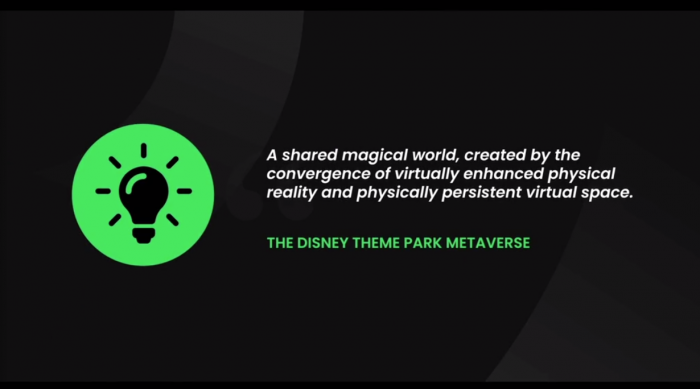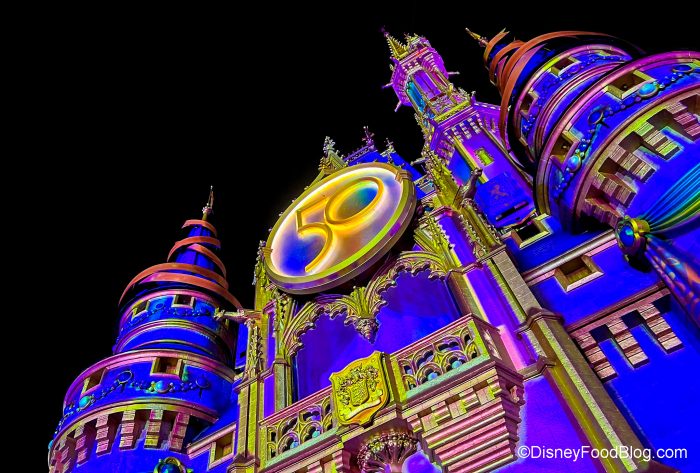By now you’ve probably heard the phrase “Disney adult” thrown around a lot. And you might have a picture in your mind of what that “Disney adult” looks like – a colorful fanny pack, matching ears, and TikTok Disney dances galore. But that picture might not quite be accurate for one KEY reason.
If an “adult” is anyone ages 18 or older, that includes anyone born in 2004 or before. That captures a LOT of age groups and 2 specific generations that seem to endlessly be at odds – Millennials (Gen Y) and Gen Z. Disney KNOWS that they have these 2 generations of “Disney adults” potentially entering the parks or watching its content, and Disney, like a chameleon, knows how to “change its colors” to appeal to BOTH groups. Here’s what you don’t know about the competing groups of Disney adults and just how Disney is working to make sure they both come to the Most Magical Place on Earth and consume Disney content.
Gen Z vs. Millennials
A “Disney adult” is a “Disney adult” is a “Disney adult” right? WRONG. Not all Disney adults are the same and we’re breaking down some KEY differences you need to know right here.
Age
Before we move on, let’s define the years that categorize people as Millennials vs. Gen Z. According to USA Today, Millennials are those born between 1981 and 1996 (currently those ages 41-26) (though some studies or websites change the years slightly). Gen Z are those born between 1997 and 2012 (currently those ages 10-25) (again, sometimes the years are divided differently).
By pure age alone you can see how there would be some key differences here. Millennials might already have several kids and may be well into their careers, while Gen Z individuals might just be starting their careers or still be in college (or even in schooling below that).
As a Disney fan, that can mean dramatically different things based on age and “point in life” alone. But let’s get more into the specifics.
Money and how they spend it
Though not necessarily always the case, Millennials generally have more spending power. According to Inc.com, Millennials have a total spending power of around $30.2 billion, while Gen Z has $10.7 billion (that number is expected to only increase as the generation matures).
In one sense, we can see Disney creating many more things for those who have greater spending power (Genie+ – a paid service replacing FastPass+, Lightning Lanes – giving those who spend more access to faster lines, price increases, exclusive experiences for those willing to pay more — like Extended Evening Hours only being for Deluxe hotel and Deluxe villas guests, and the indication that more price increases would be on the way as long as demand continues to be high).
And that might bode well for Millennials who have more spending power. As Inc.com points out, Millennials grew up knowing a “world of prosperity.” Times were good (until the crash of 2008).
Gen Z, however, grew up watching their parents experience the 2008 crash and the impact of the global pandemic. This makes them “far more debt-averse and budget-minded” than Millennials.
Disney may be attempting to attract these Gen Z guests with more discounts and deals – making things “appealing” to a generation that is more budget-conscious. We’ve seen various discounts and deals offered throughout the past several months, and Disney has indicated that they could use discounts to encourage future visits (which may play more into Gen Z’s view).
And Disney will need to keep preparing for that as the future moves in. According to Fortune, “About 78% of Gen Z adults (ages 18 to 24) say they’re cutting back on their spending in preparation for the U.S. economy potentially getting worse.” That’s a little bit higher than the 74% of millennials that are tightening their belts.
How much more will Disney push price increases vs. discounts to potentially balance both groups? Only time will tell.
Click here to see how Disney might respond to a recession
Diversity
Inc.com notes that 45% of millennials identified as persons of color, but with Gen Z that number has (for the first time) hit 50%. Not only are Gen Z individuals more diverse, but they are also more “passionate about diversity.”
According to Inc.com, “Racism is the No. 1 cause among this generation.” Even when it comes to television and movies, when asked whether there should be more BIPOC (black, indigenous, and people of color) in tv shows and movies, Gen Z responded with support greater than 70% (that’s often double-digits higher than millennials).
We have seen diversity put at the forefront of Disney’s policies as well with inclusion added as a “key” in their set of guiding values, and more diverse characters hitting the screens (and the parks). We’ve seen park maps with more diverse individuals (including some with limb differences), mannequins with cochlear implants, and more diverse characters in movies and shows (like Black Panther, Coco, Encanto, and more). This all seems to fall more strongly into the Gen Z camp and reflects a company that is as diverse as their audience.
During an interview with The Wall Street Journal, Disney CEO Bob Chapek said, “we want our content to reflect the rich, diverse world that we live in.” He went on to say, “I guess that’s another way of saying ‘catering to your audience’…the world is a rich, diverse place and we want our content to reflect that. And we’re so blessed to have the greatest content creators and they see it similarly.”
Chapek further noted, “we want to use Disney to bring people together and I think we’ll do that by diverse stories and diverse characters.” When asked whether Disney was “too woke” Chapek shared, “I think Disney is a company that has survived for 100 years by catering to its audience and it’s going to thrive the next 100 years by catering to its audience.”
It’ll be interesting to see what kind of diversity will be included in the parks and Disney’s movies/shows in the future and how will it cater more to Disney’s audience, especially on the Gen Z side.
Click here to read more about Disney’s key of “inclusion”
The need to speak up
According to Inc.com, one study found that 47% of millennials felt that they had a responsibility for speaking out on important social issues, and 43% said that brands should speak out too. Gen Z has an even stronger position, with 59% saying they should speak out and 51% saying brands should speak up too
Inc.com points out that “The expectation among this youngest generation is higher than ever that injustices, slights, and wrongdoings should be called out, made public, and acted on.” We see this push and pull between both views with Disney’s own actions.
Initially, Disney remained silent when it came to the issue of Florida’s Parental Rights in Education Bill (what critics call “Don’t Say Gay”). Chapek initially said that company statements do little and are often weaponized (this perhaps fell into the larger percentage of Millennials that don’t necessarily feel brands should speak up)
But this later was reversed, Chapek and Disney came out with a stronger statement against the bill, Chapek apologized for not being a stronger advocate, and overall the company has taken a stronger stance against the (now) law. That fits more into the Gen Z space where they want companies to speak out more on these issues.
Since that harsher statement against the law, however, we really haven’t seen anything from Disney on the matter. More behind-the-scenes work may be going on, but we may not be seeing stronger statements from the company for a little while. Maybe that is their attempt to strike a balance between those who want companies to speak up and those who don’t.
In terms of handling hot topics in the future, Professor Aubrey Jewett from the University of Central Florida indicated that Disney hopefully has learned that you can’t “straddle” the issue and then later come out with a strong stance. He noted that it simply didn’t work this time.
If Disney has in fact learned that “lesson,” they may handle future hot topics differently and their desire to strike a balance between Gen Z and millennials may help inform that.
Click here to learn about 8 things that will CHANGE in Disney’s future
Media
According to Inc.com, 21% of millennials still have cable, which is just a bit more than the 13% of Gen Z. Instead of cable, about 64% of Gen Z shared that they get the majority of their media content from YouTube. Millennials are catching up with 52% saying they “regularly view media” on YouTube. Gen Z also relies on YouTube for info, while millennials rely more on Google to get information.
While we haven’t necessarily seen Disney attack the YouTube sphere (though they do post some things on there), we are seeing the shift from cable to streaming. Disney previously rearranged their media divisions to make streaming the primary focus. And we’ve seen a lot of movies (which might have been released in theaters in the past) released directly on Disney+. Though that’s different than cable, it still shows a shift to the online medium.
But Disney is not 100% dedicated to JUST streaming yet — and that shows a pull for cable for those still using it. The Disney Channel still exists and still gets shows, episodes, original movies, etc. In other words, cable isn’t totally dead for Disney yet, so they’re keeping the appeal for millennials there, while also focusing HEAVILY on streaming which seems to align more with Gen Z.
When it comes to Disney+, both millennials and Gen Z are consistently the most loyal Disney+ users according to Morning Consult. At the time of the study shared by Morning Consult (back in 2020), about 44% of Gen Z said they used Disney+ at least once a week, compared to 42% of millennials.
Disney+ has undoubtedly been successful with those who are older and have families with small children – Encanto had huge success on the platform, and we’ve seen other shows and movies released for little ones on Disney+ – that might better suit older millennials with kids of their own.
But Disney has also succeeded in targeting adults without kids. Back in 2020, Disney shared that more adults WITHOUT children were actually subscribers in its total addressable market.
And we’ve seen that trend capitalized with the release of R-rated content on the service, and things like Werewolf by Night, She-Hulk, and other shows with a more “adult” feel. That fits more into the younger Gen Z side perhaps, while also likely appealing to the adults in the millennial group.
Morning Consult also points out that “adults in the Gen Z and millennial age range also grew up with content from other Disney brands, such as Disney Channel, which along with notable originals, could provide a nostalgic draw for consumers without kids.”
We certainly see nostalgia being capitalized on for both sides with things like Hocus Pocus 2, the Santa Clauses series, and other “reboots” or sequels of older shows/movies. How much of that will continue to be utilized to guide future content ideas will be interesting.
Click here to see every sequel, remake, and reboot in the works at Disney now
Social media and marketing
Inc.com points out that Gen Z prefers TikTok and visual-based media, while millennials like text-based platforms (like LinkedIn and Indeed). As Inc.com puts it “Employers and advertisers seeking to reach these generations need to go where they hang out.”
We clearly see Disney in the TikTok space with their Disney parks account. And, in the past, sometimes news has actually been released ON TikTok before it hits (or just as it hits) text-based platforms like their parks blog.
But Disney continues to post some information on more text-based platforms like Facebook, Twitter, and their blog – so they aren’t totally giving up on those mediums. We could see more and “bigger” news revealed on TikTok, with follow-up text posts to explore all of the details.
The Drum also points out (quoting Andy Bateman from Sid Lee) that “Younger millennials and gen Zers are increasingly shaping their own sense of who they are not by where they grew up and who they grew up with, but by the digital communities they have chosen to belong to. And that’s a big shift.”
According to The Drum it’s not just about the community, it’s about brands that interact with the community like a regular user – brands that are humorous, act with candor, and are transparent.
Charlie Naus (a co-founder of a Gen Z marketing agency) shared, “Something we’ve found to work really well is when the brand can be a little bit more funny or a little bit more self-deprecating than they had been with the millennial cohort.”
We DEFINITELY see this with the social media team at Universal Orlando Resort, which often fills Twitter with tweets that are packed with humor and may even take a stab at other theme parks in a sarcastic way. (The tweet below seems to poke fun at the Harmonious barges used in EPCOT.)
We’ve tried it. 2/10 for CityWalk aesthetics. pic.twitter.com/eAL9sHV2pD
— Universal Orlando Resort (@UniversalORL) December 12, 2020
But there are some things that might be worth exploring more when it comes to thinking about marketing and marketing with (not to) communities that Disney could explore more (this could even lean into more influencer influence – which brings us to our next point!).
Influencer influence
According to Inc.com Gen Z is “more likely to both follow and buy something created by or endorsed by an online influencer than Millennials.” 60% of Gen Z follow an online creator vs. 42% of millennials.
It’s not totally clear what impact this will have in the future but we could end up seeing more partnerships between Disney and influencers.
Thus far, it hasn’t been a huge thing, but we’ve seen some involvement like certain invitations at movie premieres or the partnership they did in the past with the Bucket List Family (offering them 30 stays in 30 days).
Those likely pulled more at the Gen Z audience, and it’ll be interesting if more of those appear in the future to pull at that audience more.
Merchandise
Inc.com points out that Gen Z cares more about the “emotional appeal” of a certain item, while millennials care more about designer brands. Disney certainly pulls in both directions here!
On the designer side, we’ve seen partnerships with Vera Wang, Coach, Dooney and Bourke, and more “fancy” brands.
But they have also released environmentally friendly items and those that can pull at emotional heartstrings more (like throwback items or nostalgic items), which might sit more in the Gen Z world.
We’ve also seen partnerships of all kinds – from ones with Target (a bit more on the cheap side – appealing to the Gen Z budget-conscious side) to Adidas and Vans.
To appeal to both sides, we expect Disney will continue to release merchandise on the expensive side and the cheaper side.
Click here to see what Vans x 50th Anniversary items are now online
Metaverse
Finally, Inc.com points out that Gen Z has come together remotely (“in the ether”) and they grew up socializing within the context of video games. While both Gen Z and millennials game, Gen Z has embraced the metaverse differently.
CEO of Kindred PR, Tina Mulqueen, shared that Gen Z is also “more likely to spend money on status symbols in these environments, like skins for their avatars that serve a social proof function and to adopt new technologies for communicating and socializing.”
It seems that Disney’s attempts to enter the metaverse or what Disney now calls “next-gen storytelling” may really pull into the Gen Z side of things.
But their desire to get away from calling it the “metaverse” (because, as Chapek says, the term “has a lot of hair on it”) and try to do more combinations of the physical and digital world (as their Amazon Prime-like membership program could do) could indicate a balance between the Gen Z and millennial worlds.
Seeking balance
Chapek has indicated many times that the audience and park guests are the determining factor for many things. When speaking about price increases, Chapek said “If demand goes up, then we have the opportunity to do that.”
He’s also referenced that sense of catering to the consumer when it comes to Disney’s media content, so it seems that will likely influence many decisions in Disney’s future. While Gen Z and millennials likely dominate the scope of influence right now, it will be interesting to see what takes place as upcoming generations shift into being the ones with spending money and influence and how Disney will continue to evolve to an ever-changing audience.
For more stories about what is coming in Disney’s future, click the links below:
- Get our free printable of everything coming to Disney World soon
- See the comments from Chapek on the Park Pass reservation system
- See Chapek’s thoughts about 2023 and why he’s filled with optimism, despite a potential recession
And stay tuned for more Disney news.
Join the DFB Newsletter to get all the breaking news right in your inbox! Click here to Subscribe!
What are your thoughts on the divide between millennials and Gen Z and how Disney caters to each? Tell us in the comments.
The post Not All Disney Adults Are the Same: Gen Z vs Millenials first appeared on the disney food blog.


